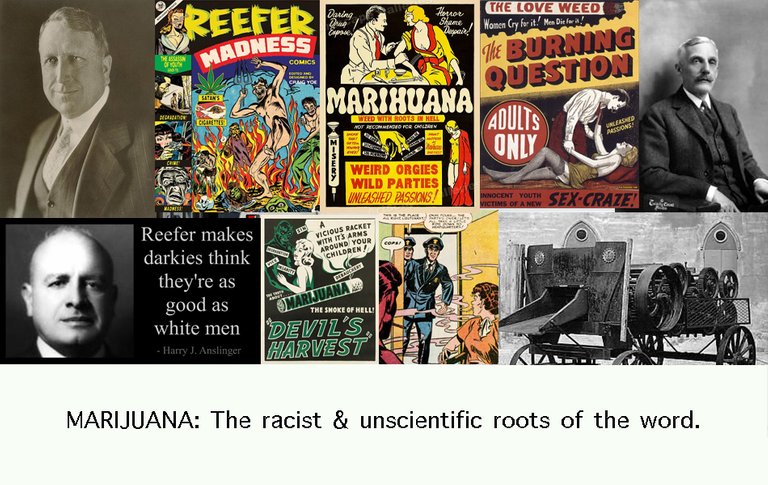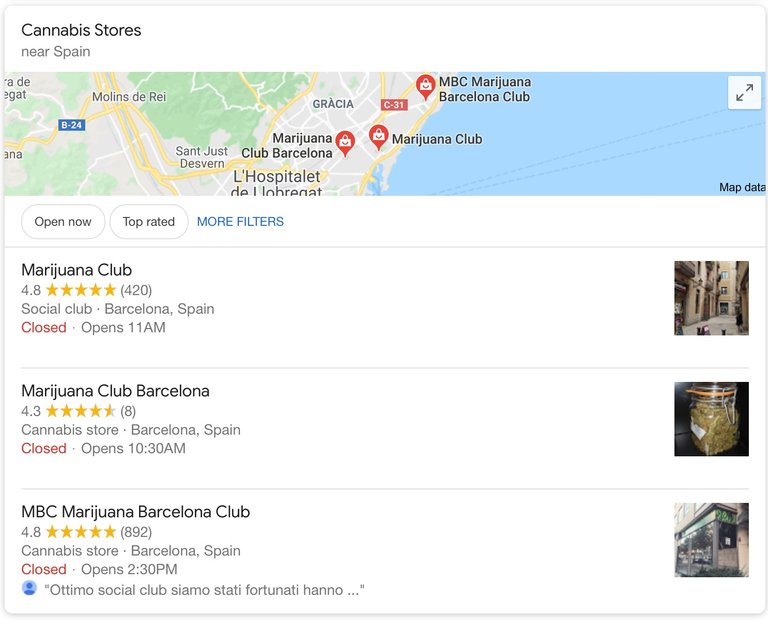
[image by Joeyslliks]
Ever notice that none of the words around Cannabis are ever spanish words. So then why do we say Marijuana? It isn't a scientific term or very descriptive, but it is used on purpose. Mexicans have been cultivating cannabis only as long as the 1500 century, but Cannabis has been used in Asia since 5000 B.C. at least.
There is a reason many feel, behind this cultural enigma, which is that the word was used to disguise the fact that industry leaders were trying to get rid of this very well known useful plant to make way and protect the interests of highly profitable alternatives. It is also a xenophobic point of view that was meant to be capitalized upon.
The Hemp plant is one of the oldest known plants to mankind. It's use dates back to 6000 BC and has been used for food longer than any of the items we may find in any of the supermarkets here in the USA. Not only did we eat it, our animals that we eat, also ate it. The recent craze in CBD is actually based in a CBD deficiency we have been suffering from, collectively since it was prohibited from our food supply. It's no wonder that the effects seem to be so phenomenal.
"Who is responsible?" you might ask. Well most people are aware of Henry Anslinger's role in the great hoax, but it goes deeper than that. Anslinger was head of the Drug Enforcement Agency from 1930 until 1962. The story with Anslinger is that after alcohol prohibition ended, he needed a new enemy to fight and cannabis was the perfect substitute. The problem was that Americans knew cannabis by it's common name, hemp, very well.
Hemp was the most important material in the history of the “New World”. Boston was built on (and around) the cordage industry which absolutely relied on this remarkable plant. From as far back as the Jamestown settlement, the hemp stalk was mandated to be grown in the colonies, and was even an accepted commodity for payment of tax.
As it turns out, there is more to the story. The invention of the decorticator was freaking out some influential folks from the private sector. William Randolph Hearst was a timber baron in the Pacific Northwest. He owned a few newspapers, and supplied many of the ones he didn't with their actual paper. He was very influential and was acutely aware of the danger that hemp presented to his land and business holdings.
Acre for acre hemp is 4 times as productive as are trees, for the harvesting of paper making material. Trees also take many years to mature and when harvested have a dramatic ecological impact, where as hemp grows quickly, reaching maturity in just a few months from the planting of it's seed, and can be harvested with minimal environmental impact, and leaves the soil in better condition than when it started. In fact the planting of Hemp is a long known method of soil remediation. Another foe to the cool cannabis crowd was that enemy to humanity Andrew Mellon and the Dupont family. Mellon was secretary to the treasury at the time and heavily invested in DuPont's synthetic petroleum based product, nylon, a natural enemy to the very natural and sustainable hemp woven fabric.
What many speculate is that the was collusion at some level between the media, government and big business. Stories which falsified the effects of Cannabis were pushed in the media, such as cinema, radio, and newspapers and a narrative was created linking specifically Mexicans with the arrival of the evil weed to otherwise good and upstanding citizenry. Stories were printed pushing anecdotes of women and men going insane after the use of cannabis. The capstone of this disingenuous campaign was the film Reefer Madness , which sold the story of cannabis prohibition being reasonable to the unwitting masses, through techniques of propaganda.

